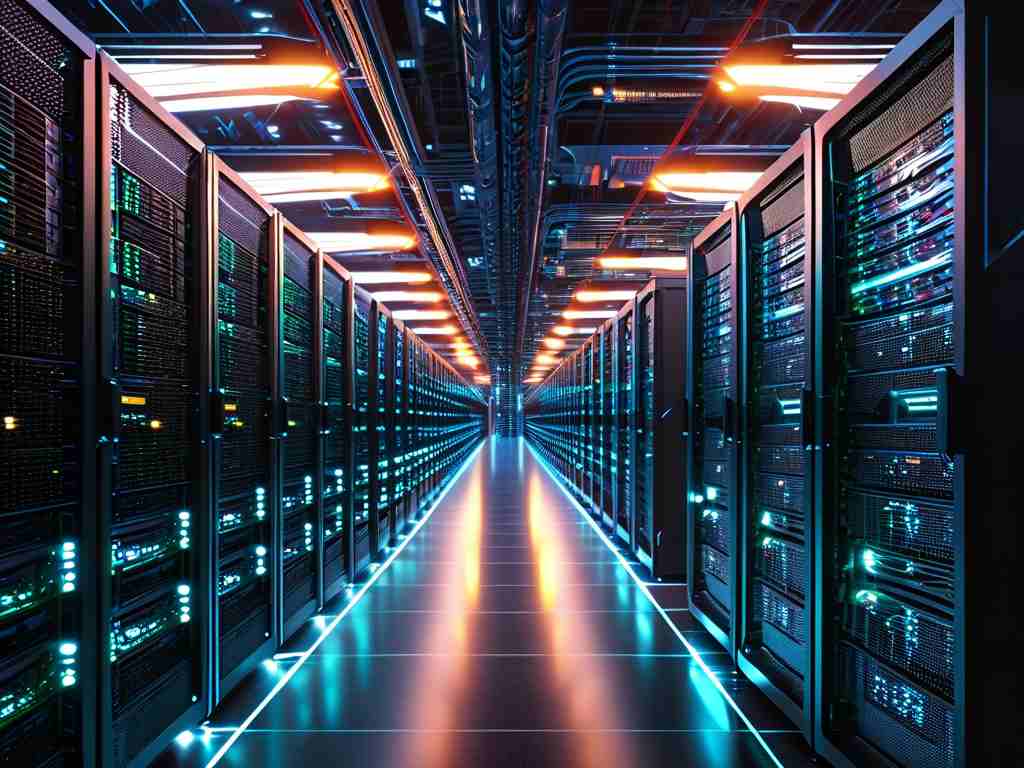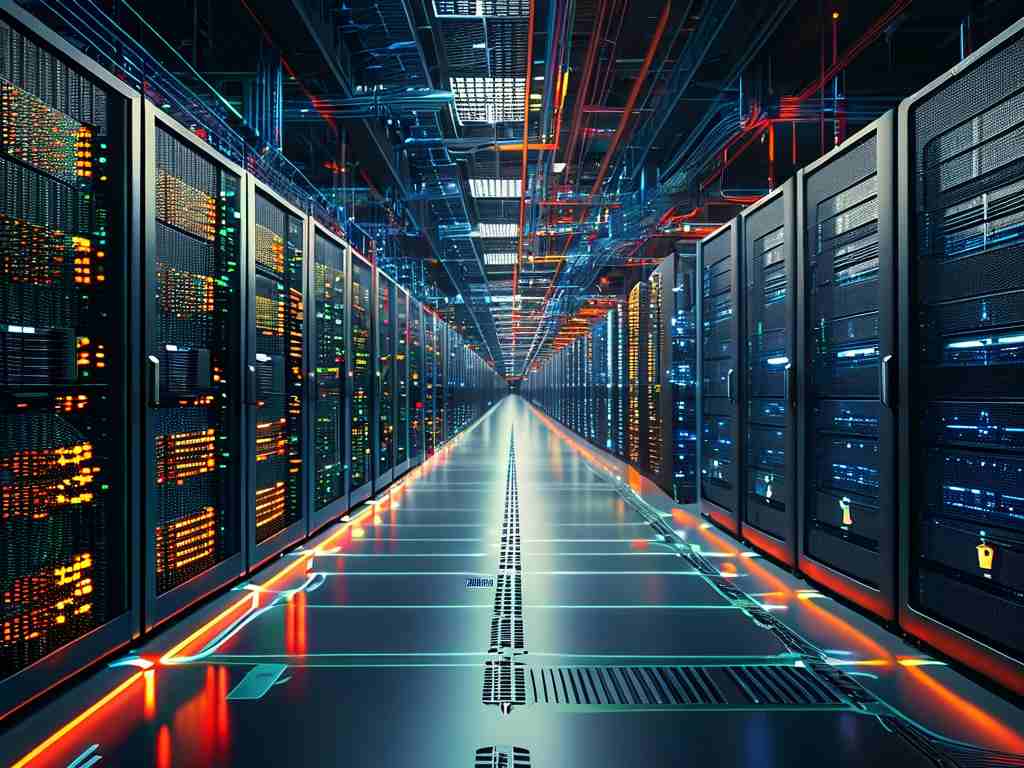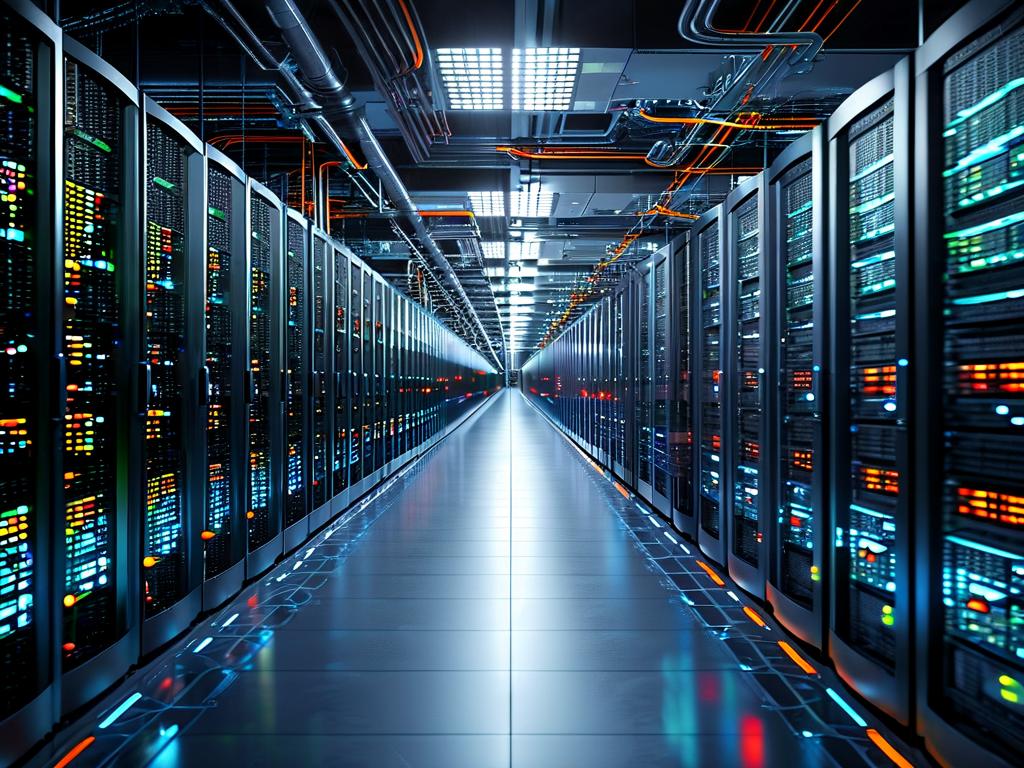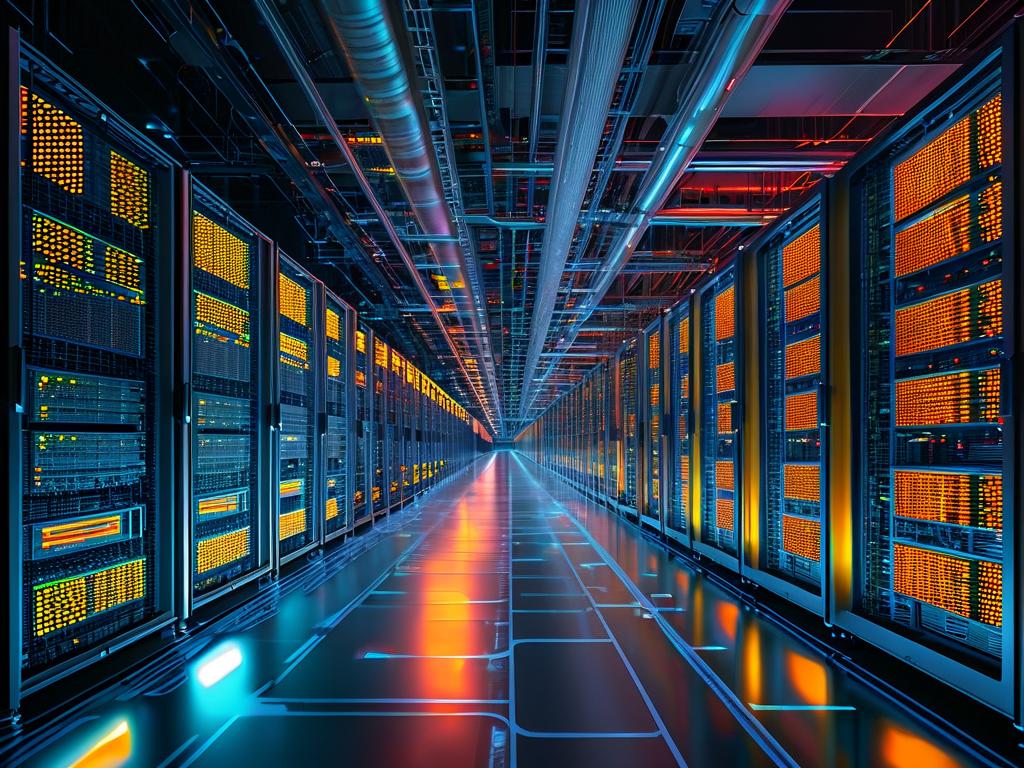In today's digitally driven world, maintaining seamless application performance and high availability is critical for businesses. At the core of this operational efficiency lies load balancing—a fundamental technology that distributes network traffic across multiple servers. This article explores prominent load balancing techniques that power modern IT infrastructure, focusing on their mechanisms and real-world applications.

Hardware-Based Load Balancers
Traditional hardware load balancers, such as F5 Networks' BIG-IP devices, remain popular in enterprise environments. These physical appliances use specialized processors to manage traffic routing, offering high throughput and low latency. They excel in scenarios requiring strict security compliance, such as financial institutions handling sensitive transactions. However, their high upfront costs and limited scalability in hybrid cloud setups have led many organizations to explore alternative solutions.
Software-Defined Load Balancing
Software solutions like HAProxy and NGINX have gained traction due to their flexibility and cost-effectiveness. HAProxy, an open-source option, supports advanced algorithms like least connections and round-robin, making it ideal for dynamic web applications. NGINX Plus extends this capability with features like health checks and SSL termination. A notable case study involves a streaming platform that reduced latency by 40% after implementing NGINX to distribute video-on-demand requests across edge servers.
DNS Load Balancing
This technique leverages domain name system (DNS) protocols to direct users to different IP addresses based on geographic location or server availability. While simple to implement, basic DNS load balancing lacks real-time health monitoring. Cloud providers like AWS Route 53 enhance this approach with weighted routing policies and failover mechanisms. For instance, an e-commerce site might use geoDNS to route European customers to Frankfurt servers while directing Asian traffic to Singapore nodes.
Global Server Load Balancing (GSLB)
GSLB combines DNS with application-layer intelligence to optimize traffic across multiple data centers. It evaluates factors like server load, network congestion, and user proximity. Companies like Citrix offer GSLB solutions that automatically reroute traffic during regional outages. During a major cloud provider outage last year, a multinational bank avoided downtime by using GSLB to shift its banking app traffic to backup sites within seconds.
Cloud-Native Load Balancers
Public cloud platforms provide built-in load balancing services tailored for elastic workloads. Azure Load Balancer operates at Layer 4 (transport layer), while Google Cloud's HTTP(S) Load Balancing works at Layer 7 (application layer). These services integrate with auto-scaling groups, dynamically adjusting capacity during traffic spikes. A gaming company reported handling 10x more concurrent users during a product launch by leveraging AWS Elastic Load Balancing with automated scaling policies.
Emerging Trends: AI-Driven Load Balancing
Recent advancements incorporate machine learning to predict traffic patterns. Tools like VMware NSX Advanced Load Balancer use historical data to pre-allocate resources before anticipated demand surges. In 2023, a logistics platform reduced server costs by 25% by implementing predictive load balancing that scaled down resources during off-peak hours.
When selecting a load balancing strategy, organizations must consider factors like application architecture, budget, and compliance requirements. Hybrid approaches often yield the best results—for example, using hardware load balancers for on-premises legacy systems while employing cloud-based solutions for microservices. As edge computing and 5G networks expand, next-generation load balancing will likely focus on real-time adaptive routing across distributed environments.
In , load balancing technologies continue to evolve alongside digital infrastructure demands. From hardware appliances to AI-enhanced cloud services, each method addresses specific operational challenges. By understanding these core technologies, IT teams can design resilient systems that deliver optimal performance regardless of traffic fluctuations or infrastructure complexity.









